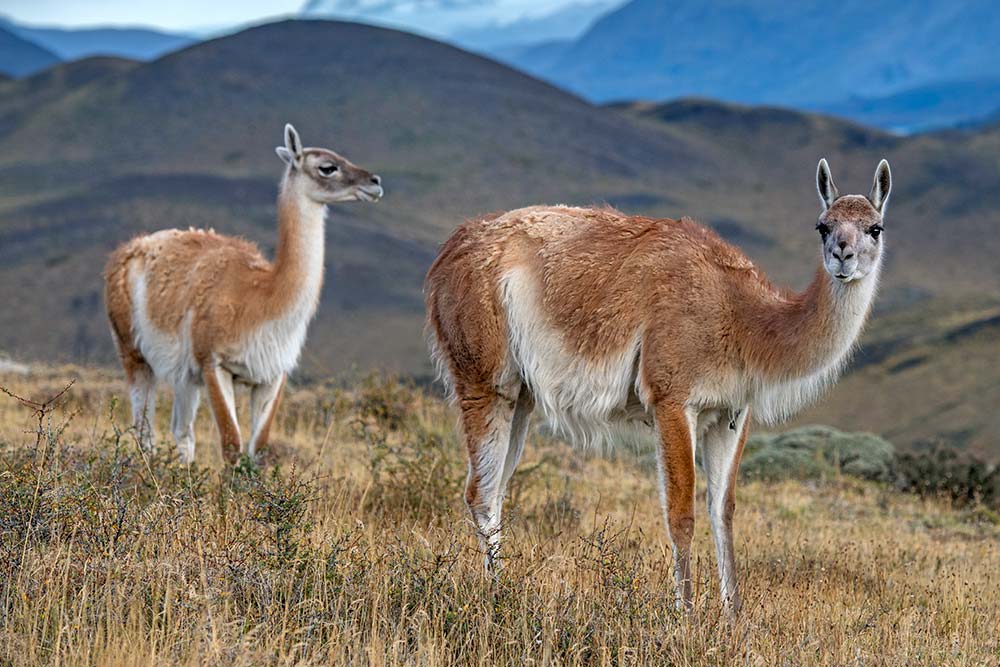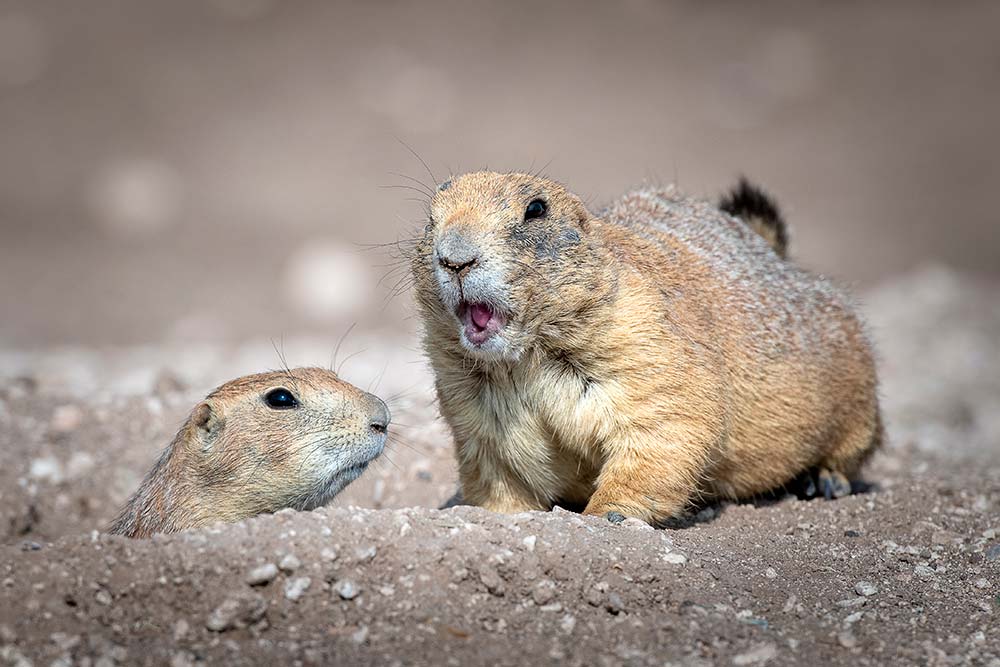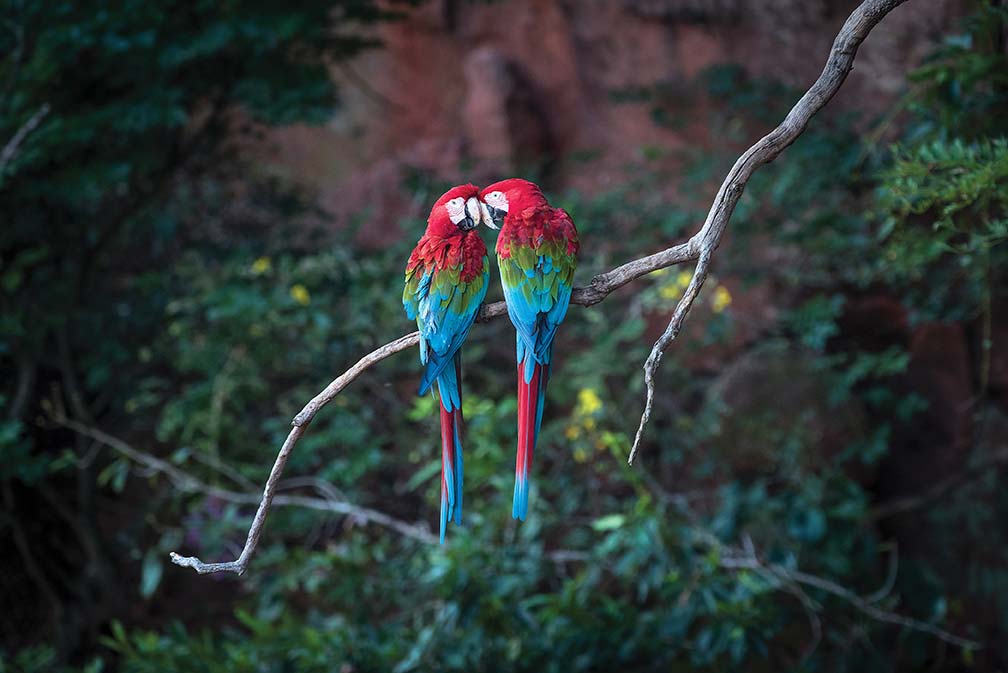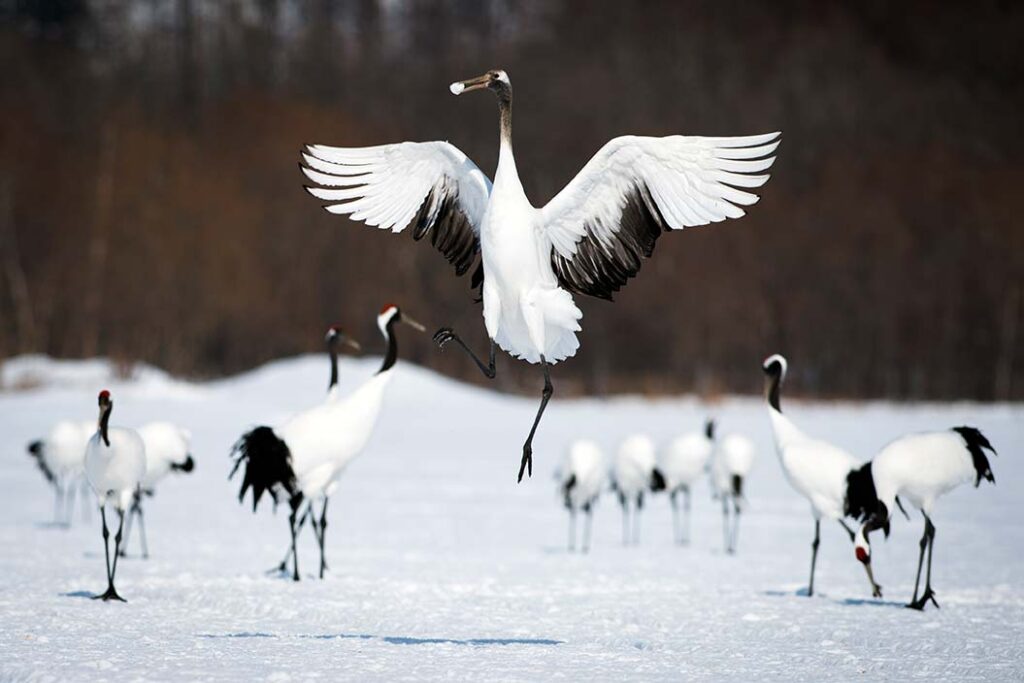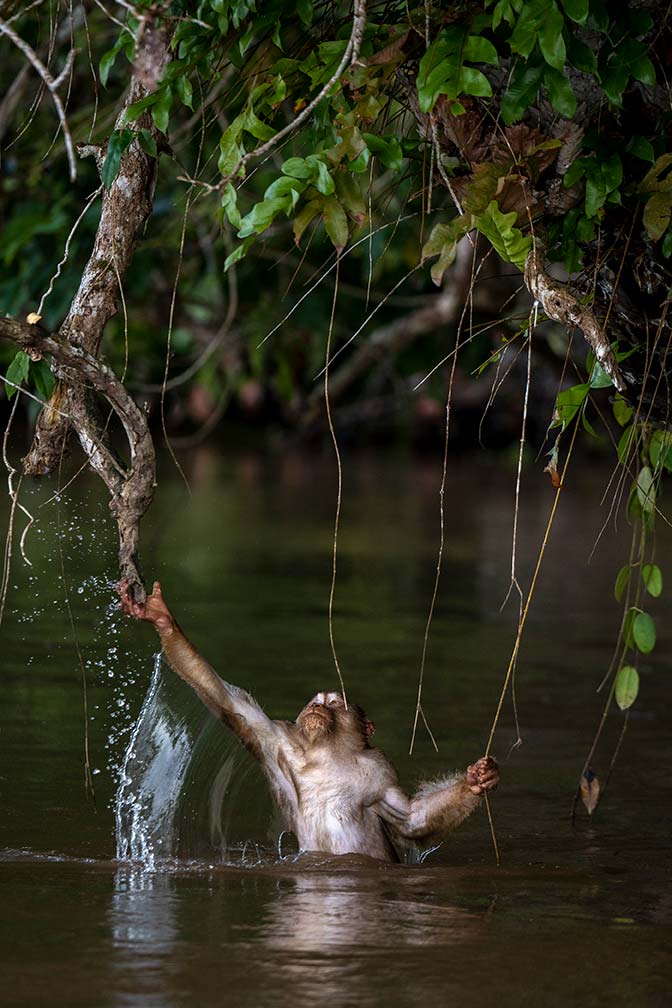MARK EDWARD HARRIS | THE CALL OF THE WILD
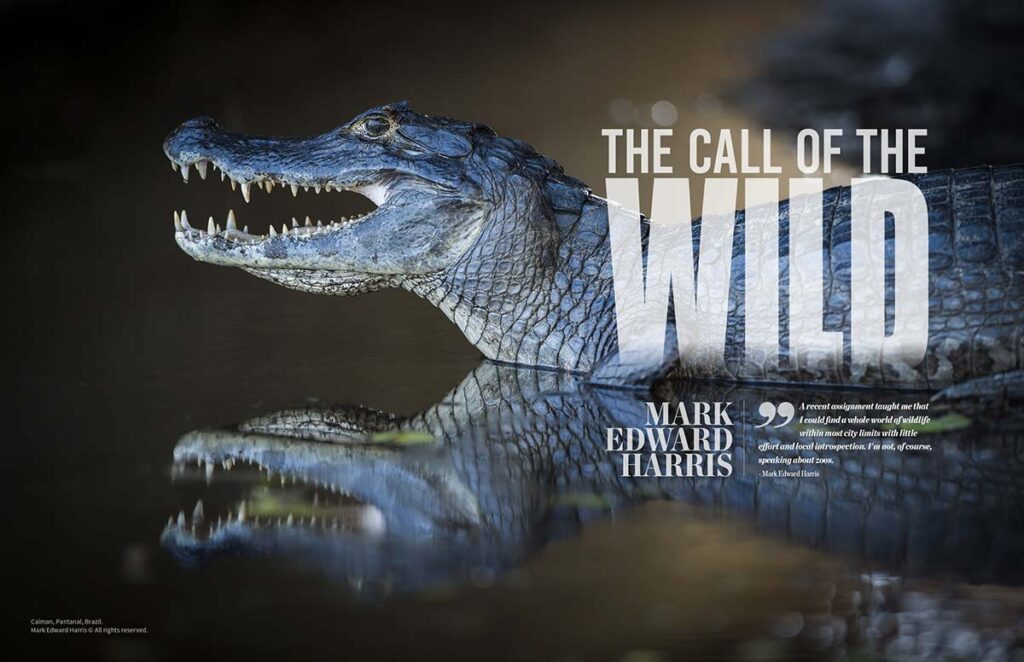
Mark Edward Harris © All rights reserved.
“A recent assignment taught me that I could find a whole world of wildlife within most city limits with little effort and local introspection. I’m not, of course, speaking about zoos.”
– Mark Edward Harris

Mark Edward Harris © All rights reserved.
My epiphany came in Lubbock, Texas, home to the legendary Buddy Holly. While they can’t hold a tune as well as the guitarist and songwriter, Lubbock’s prairie dogs are constantly belting out songs of their own in Prairie Dog Town,
a protected area established in the 1930s by early conservationists Mr. and Mrs. Kennedy Clapp. In my own backyard of Los Angeles, Griffith Park, which dates back over a century, is home to a wide range of wildlife from deer to mountain lions.
Overseas I’ve seen the same successes of early conservation efforts by people long gone. So while human expansion has led to conflicts where wildlife inevitably loses, we also have the ability to help our fellow creatures.
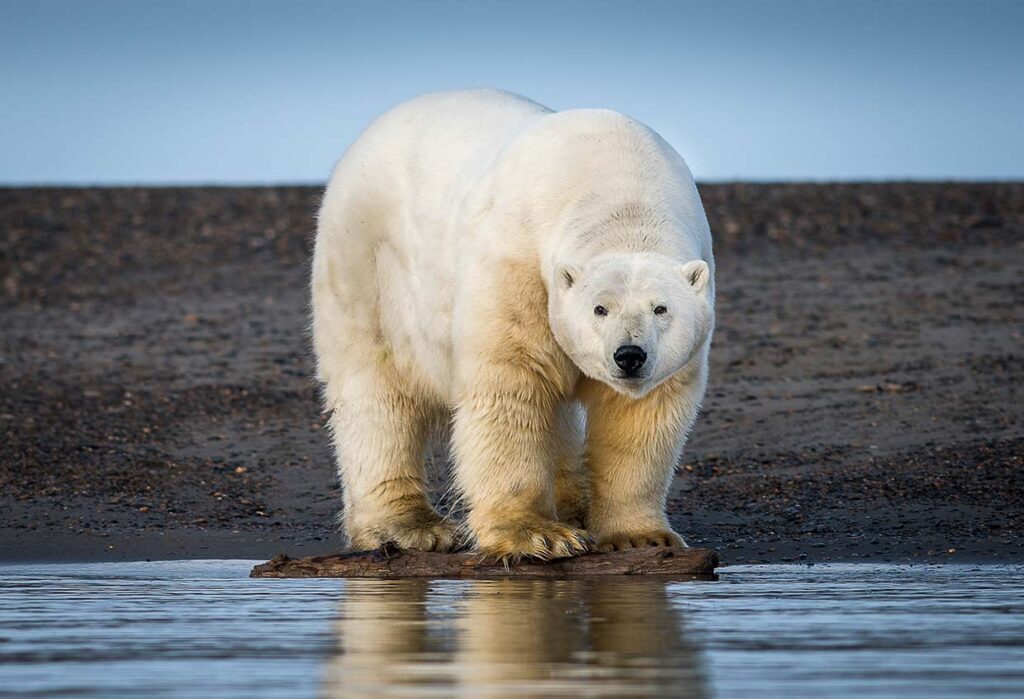
Mark Edward Harris © All rights reserved.

Mark Edward Harris © All rights reserved.
During the Covid-19 pandemic, I rediscovered what a great resource America’s National Park System is for all visitors, especially my fellow lensmen and lenswomen. Many have year-round photo opportunities, while others have specific time periods for the most sought-after photo ops. For example, every July, during the peak of the annual salmon spawning migration in Alaska’s Katmai National Park, brown bears make their way to Brooks Falls to fish for their favorite meal. While most bears stay at the bottom of the falls and pin to the river floor the salmon that miss their attempts at jumping the cascading water, a few venture to the top and attempt to catch their prey in a mid-flight.
I used a Nikon D810 with a Nikkor 300mm f/2.8 lens set to 1/2000th of a second at f/5, ISO 100 to freeze a successful fishing attempt. Any time of day is great to bear watch, but the light is best for photography from the viewing platforms in the late afternoon hours. Brooks Lodge at Katmai National Park is the ideal hotel in the area, but rooms book far in advance. Otherwise, visitors can fly in for the day on a floatplane.
Circumnavigating the Grand Tetons and Yellowstone from Jackson Hole yields year-round photo opportunities, with close encounters with moose and bison being among the highlights. I hopscotched between lodges in Yellowstone then capped off the early winter adventure with two nights at the Four Seasons Jackson Hole, where one can almost literally ski into the lobby after a long run.
Every country on the planet offers its own unique fauna, so while most of us have to stay within our borders during the pandemic, there’s little excuse for not keeping our cameras active.
Off of Mexico’s Baja Peninsula are opportunities to photograph gray whales and dive with whale sharks. For the gray whale photo off the coast of Lopez Mateo, I used a Nikkor 300mm f/2.8 lens on my Nikon D850 set to 1/3200th of a second at f/10, ISO 200. So often, long lenses and fast shutter speeds are the names of the game when photographing animals in the wild, which definitely applies when shooting from a moving boat. However, diving with whale sharks was a very different and even more intense experience. To be only a few feet away from these huge magnificent creatures effortlessly gliding through the water was humbling, to say the least.
Further south in Costa Rica I based myself at three lodges – Lapa Rios, Arenas del Mar, and the Finca Rosa Blanca Resort – each a great case study of ecotourism done right.
I arranged my itinerary through Costa Rican Vacations to focus on shooting in a country with the largest percentage of protected areas in the world, with more than 26% of its land set aside as national parks or reserves.
Corcovado National Park is one of the must-visit areas because of its biodiversity, which includes jaguars, pumas, ocelots, tapirs, sloths, and all four Costa Rican monkey species – the white-headed capuchin, the Geoffroy’s spider monkey, and the Central American squirrel monkey, and the mantled howler.
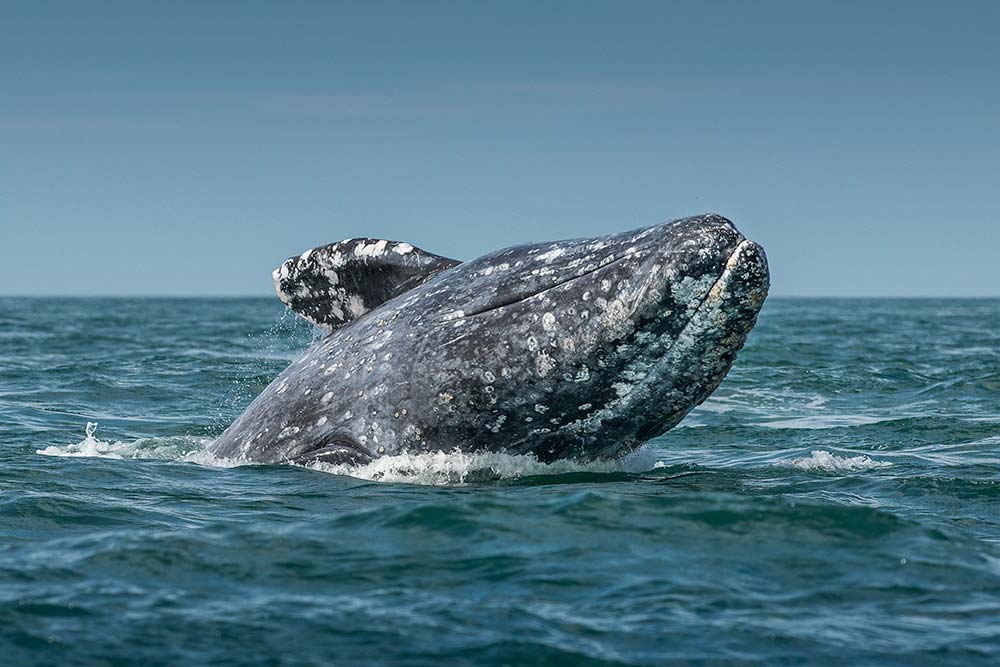
Mark Edward Harris © All rights reserved.
While the Amazon tends to beckon those interested in the wilds of Brazil, the two biodiversity-rich regions of Bonito and the Pantanal in the state of Mato Grosso do Sul should be on all nature photographers radars. The Pantanal, the world’s largest tropical wetland, is home to approximately 720 species of birds, 89 kinds of mammals, 230 varieties of fish, 52 types of reptiles, and an equally diverse flora system.
July and August are popular months for jaguar photo safaris around Porto Jofre in the Pantanal, while year-round red and green macaws take to the sky from a large sinkhole, the Buraco das Araras (Macaws’ Hole), in the wee hours of the morning near Bonito.
Continuing south to the entrance of Patagonia in Chile is the island of Chiloe. The Tierra Chiloe is a boutique spa hotel/lodge ideally situated to explore Chiloe National Park, home to a great diversity of marine life, including blue and sei whales, sea lions, marine otters, Magellanic and Humboldt penguins, and Chilean and Peale’s dolphins.
At the opposite end of Patagonia and 10 miles from Torres del Paine National Park in Patagonia Camp, South America’s first property to be recognized in the category of glamping, Twenty-first-century adventurers seeking the comforts of high-end hotel accommodations in the middle of the wilderness will find it in the property’s Mongolian-style luxury yurts. When understated eco-friendly luxury and nature can live in harmony, you have the best of both worlds.
On another continental tip, South Africa, I took the same approach basing myself at the luxurious MalaMala Game Reserve and handing over the logistics to a local tour operator. After waking up before dawn to a steaming cup of rooibos tea and rusks, I ventured off with a ranger and a few fellow guests into an area of MalaMala that shares a 12-mile unfenced border with Kruger National Park.
From a jeep that was modified into a dedicated photography vehicle, I was able to fill my frame with a leopard through a Nikkor 300mm lens with a tele-extender. While I was the one that depressed my shutter release button, it was our ranger’s expertise that led us into position to get the shot. During my three days at MalaMala, I was able to check off the Big Five – buffalo, elephant, leopard, lion, and rhino – from my photography wish list.
In the heart of Africa are mountain gorillas that are surviving in part due to the efforts of Dian Fossey more than half a century ago. I based myself at the magnificent Volcanoes Safaris Virunga Lodge with breathtaking views of Rwanda’s Parc National des Volcans where I would be trekking to get up close and personal with these fellow great apes.
A private bus transfer from the lodge then three hours of uphill hiking with a guide and a small group of fellow photographers brought us almost face to face with a troop of mountain gorillas. For the most part, my Nikkor 24-70mm f/2.8 and Nikkor 70-200mm f/2.8 were long enough for all the photo ops in this surprisingly intimate setting.
While the encounter lasted an hour, my memories of it will last a lifetime.
Like the Americas and Africa, Asia has incredible opportunities for photographing a diverse number of species. The Indian state of Madhya Pradesh, for instance, has created a network of national parks to protect the country’s national animal, the Bengal tiger.
I came eye to eye with this noble feline in Kanha National Park on a jeep safari, fortunately with a Nikkor 500mm f/5.6 lens between us. This central Indian state’s largest national park is also home to leopards, jackals, wild pigs, sloth bears, swamp deer, and sambars roaming its vast grasslands and forests. I also found plenty of photo ops in Bandhavgarh and Satpura national parks, the latter particularly good for photographing waterbirds, including the grey heron, Indian skimmer, and river tern.
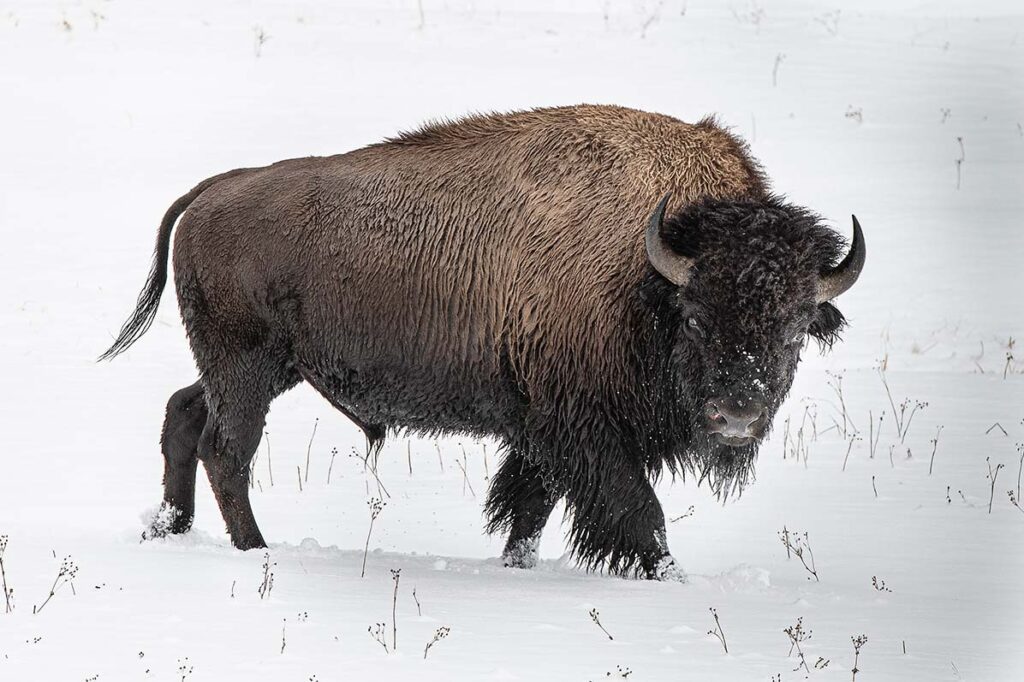
Mark Edward Harris © All rights reserved.
I worked through Purequest Adventures to take care of all the logistics, including transportation and stays in luxury lodges – the Kanha Earth Lodge in Kanha, King’s Lodge in Bandhavgarh, and Forsyth Lodge in Satpura. Unlike my approach to street photography, where I like to discover places and people on my own, I’ve found that overseas I’m far better off investing in established tour operators and great guides when it comes to photographing wildlife.
On the other end of Asia is Hokkaido, the northernmost of Japan’s four main islands. A winter highlight is to photograph the red-crowned cranes doing their courting dances in Kushiro Shitsugen National Park. The Tancho Observation Center is perhaps the best location to photograph the cranes, with telephotos in the range of 400-600mm being well advised.
While the cranes are well-known, the Japanese macaque, more commonly referred to as the snow monkey, has made it to international superstar status because of their love of hot springs (onsen). At Jigokudani in Nagano Prefecture on Japan’s main island of Honshu, the earth’s most northerly monkeys seem oblivious to their camera-wielding human relatives. Visitors are allowed to get close to the bathing macaques, so wide angles in the range of 14-24mm on a full-frame camera as well as telephotos should be a part of a photographer’s arsenal. Access to Jigokudani requires hiking a two-kilometer trail in winter, so a good camera backpack, crampons, and hiking sticks are highly recommended.
I use Black Diamond Distance Z Trekking Poles because they fold into three sections, making them a great pair of sticks for travel. Only 100 meters from the Jigokudani Yaen National Park entrance is Korakukan Jigokudani, an ideal place to stay because of its proximity to the bathing snow monkeys and because of its authentic cultural experience.
These days I load up my ThinkTank backpacks with a variety of lenses, giving me coverage from 14mm to 500mm. The recent advances in lens technology have given us tack sharp longer lenses that not only don’t break the bank but, more importantly, don’t break the back. And longer lenses are a necessity when photographing most wildlife from a safe and respectful distance. The Nikkor 500mm f/5.6 is a prime example and was with me in the forests of Borneo for my new book, The People of the Forest, about orangutans. Going mirrorless, the obvious wave of the very near future and one I’ll fully embrace soon, also aides in keeping us fleet-footed and ready for any adventure.
Mark Edward Harris
Assignments have taken Los Angeles and Tokyo-based photographer Mark Edward Harris to more than 100 countries on six continents. His editorial work has appeared in publications such as Vanity Fair, LIFE, The New York Times, The Washington Post, Time Magazine, GEO, Newsweek, Conde Nast Traveler, National Geographic Traveler, AFAR, Wallpaper, Vogue, Architectural Digest, The Los Angeles Times Magazine, and The London Sunday Times Travel Magazine as well as all the major photography and in-flight magazines. Among his numerous accolades are CLIO, ACE, Impact DOCS Award of Excellence, Aurora Gold, and IPA awards.
His books include Faces of the Twentieth Century: Master Photographers and Their Work, The Way of the Japanese Bath, Wanderlust, North Korea, South Korea, Inside Iran, The Travel Photo Essay: Describing A Journey Through Images, and his latest, The People of the Forest, a book about orangutans.

